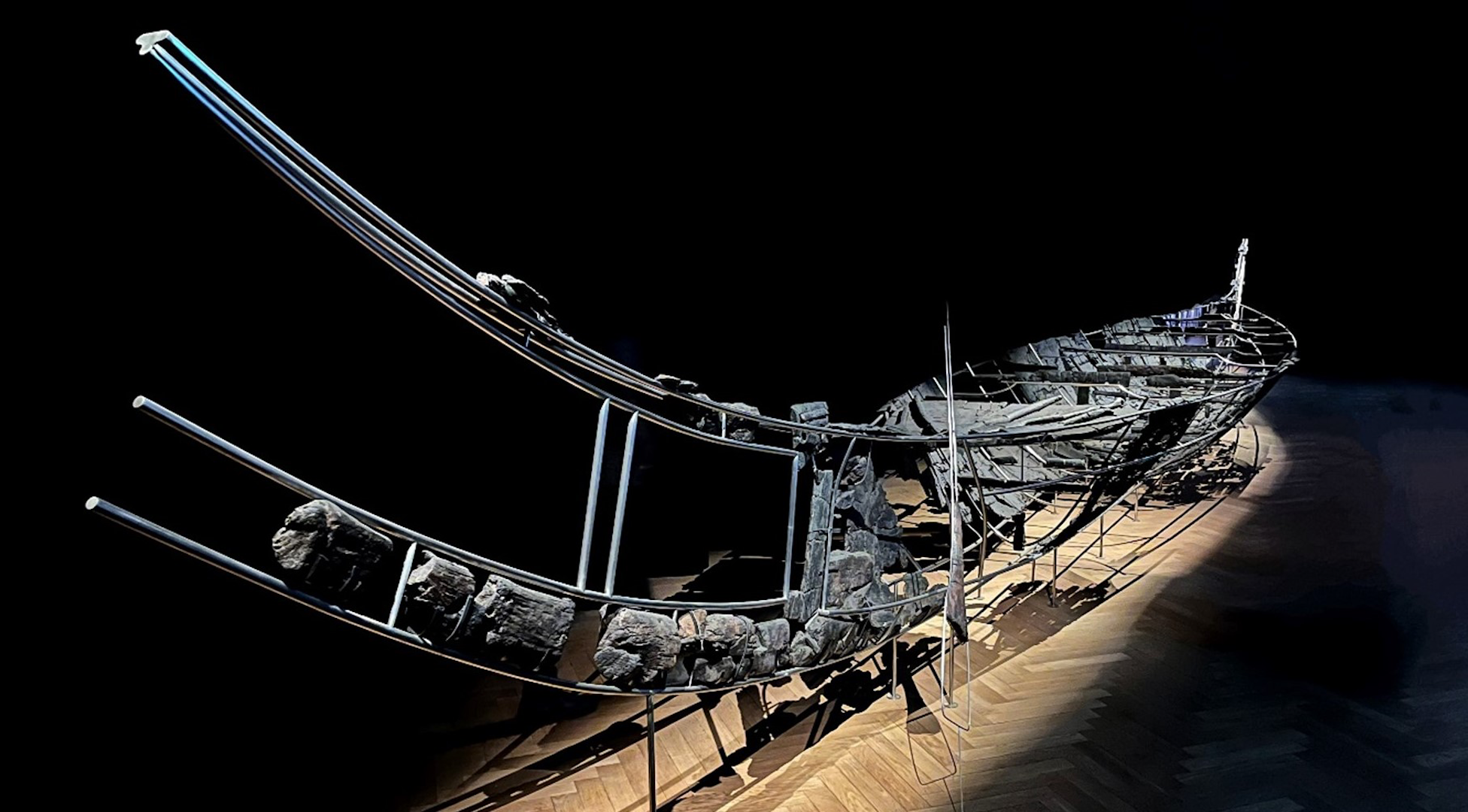In Images: Vertical-Flight Military Planes Take Off
Vertical-Lift
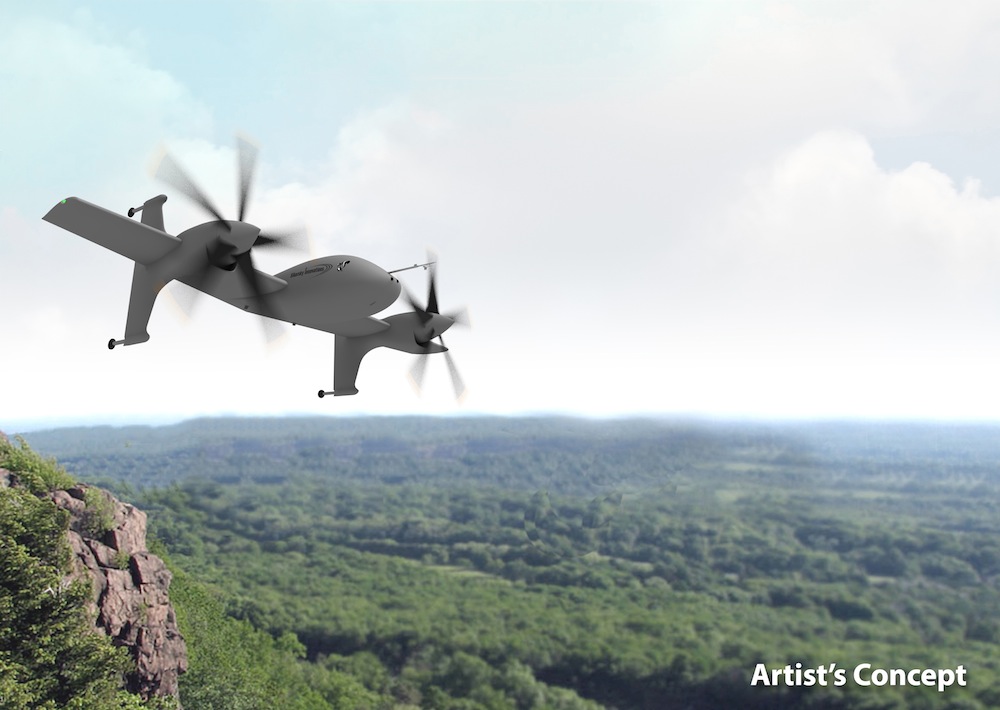
The U.S. military is investing in manned and unmanned aircraft that can take off, hover and land vertically. These so-called vertical takeoff and landing (VTOL) vehicles could one day transport troops, weapons or cargo to and from the battlefields.
The Defense Advanced Research Projects Agency (DARPA) — the branch of the U.S. Department of Defense tasked with developing new technologies for the military — is fostering the development of new helicopter-type vehicles as part of its VTOL X-Plane program.
This design, submitted by Sikorsky Aircraft Corporation, was one of four chosen to receive funding from DARPA for the first phase of the VTOL X-Plane program.
Here are photos of other military vehicles designed to take off and land vertically.
The Boeing Company
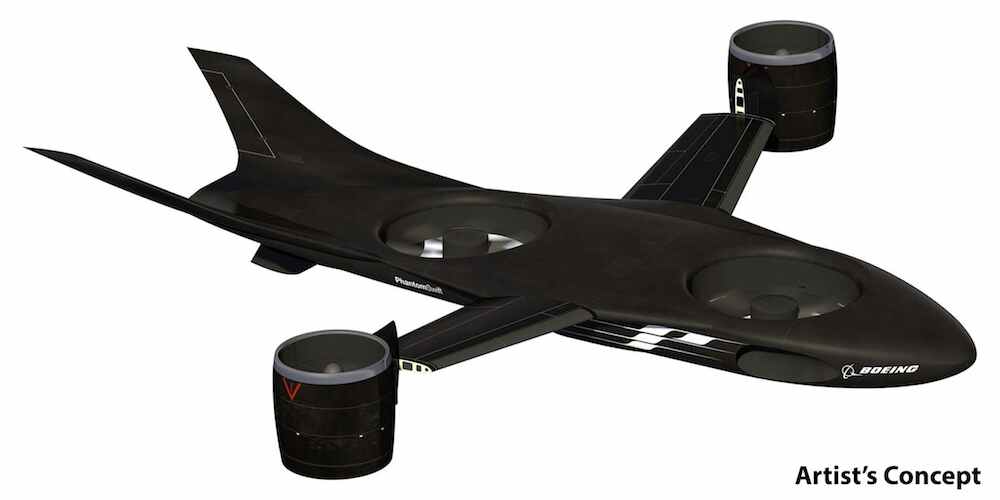
The Boeing Company's design for DARPA's VTOL X-Plane program is a futuristic-looking helicopter.
Karem Aircraft, Inc.
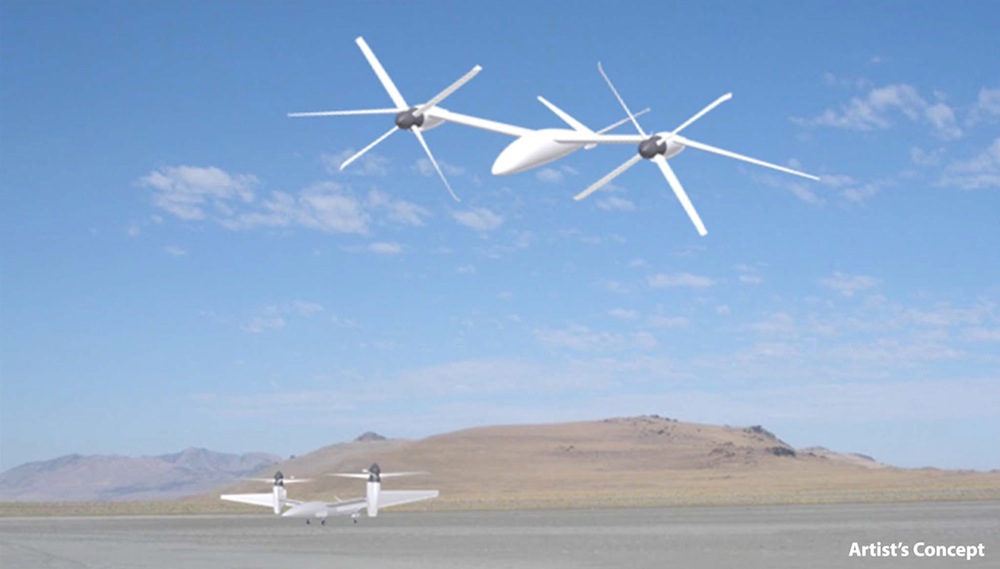
Karem Aircraft, Inc. submitted this unmanned aircraft design for DARPA's VTOL X-Plane program.
Bell Boeing V-22 Osprey
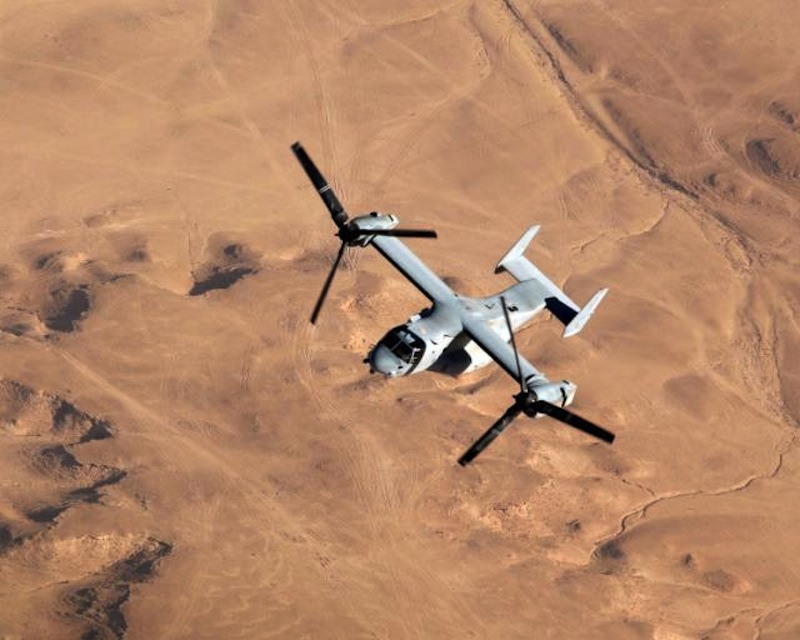
The Bell Boeing V-22 Osprey takes off and lands like a helicopter. Once airborne, the V-22 Osprey is also capable of high-speed, high-altitude flight.
Get the world’s most fascinating discoveries delivered straight to your inbox.
AV-8B Harrier II
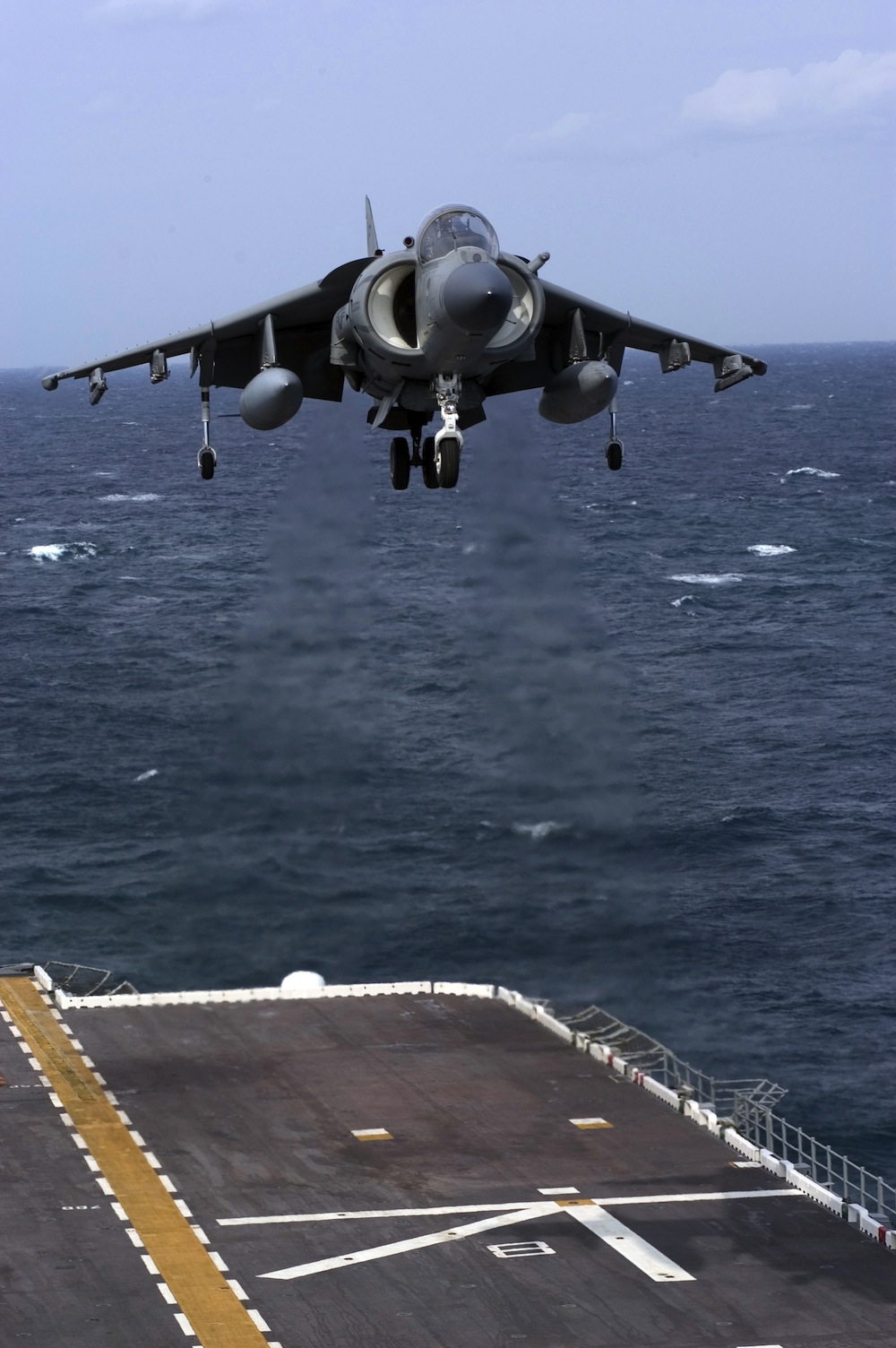
The AV-8B Harrier II is capable of taking off vertically or on a short runway, and is designed to land vertically. The attack plane, first designed in the late 1970s, is typically used for reconnaissance or to provide close air support to ground troops.
F-35B Lightning II

The F-35B Lightning II fighter jet is designed to take off on a short runway and land vertically. These capabilities will allow the next-generation warplane to operate from a range of diverse locations, including amphibious ships, aircraft carriers and airfields.
F-35B Lightning II

F-35B test aircraft BF-1 lands aboard the USS Wasp for the first time on Aug. 12, 2013. The landing marked the beginning of Developmental Test Phase Two for the F-35’s short takeoff/vertical landing variant.
F-35B Lightning II
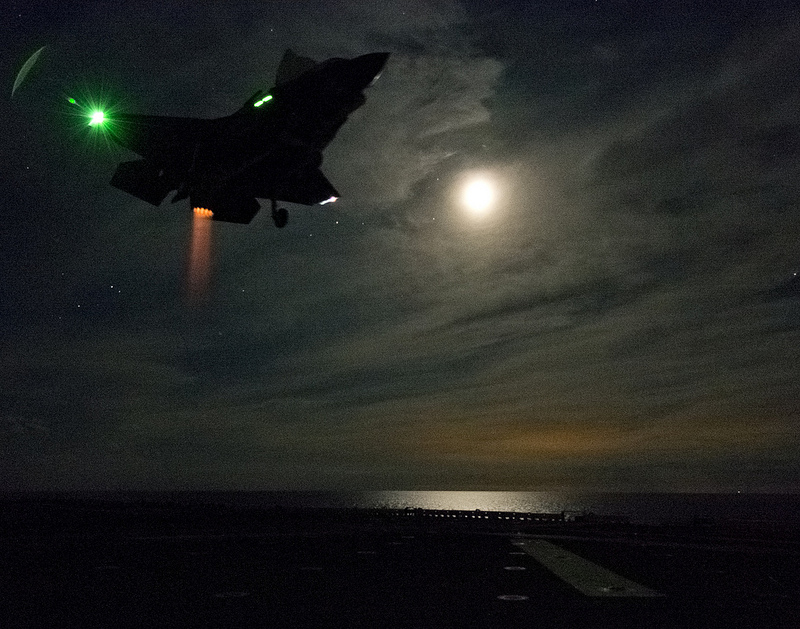
An F-35 test aircraft lands aboard the USS Wasp for the first night vertical landing at sea for the F-35B variant on Aug. 14, 2013. Expanding the envelope for F-35B night operations at sea is a key objective for the second Developmental Test for the Marines’ F-35 variant.
F-35B Lightning II
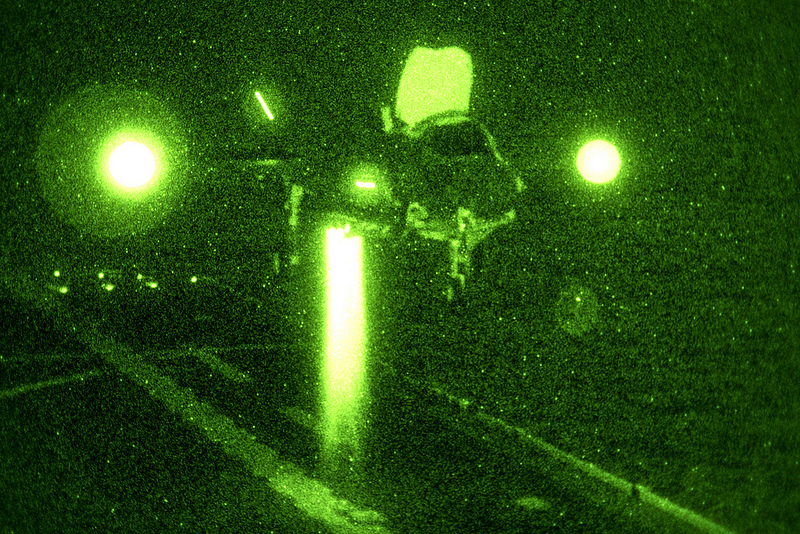
On April 2, 2013, the F-35B Lightning II successfully completed its first-ever vertical night landing at sea. United States Marine Corps test pilot Maj. C.R. Clift piloted the aircraft on the landmark test flight.

Denise Chow was the assistant managing editor at Live Science before moving to NBC News as a science reporter, where she focuses on general science and climate change. Before joining the Live Science team in 2013, she spent two years as a staff writer for Space.com, writing about rocket launches and covering NASA's final three space shuttle missions. A Canadian transplant, Denise has a bachelor's degree from the University of Toronto, and a master's degree in journalism from New York University.


